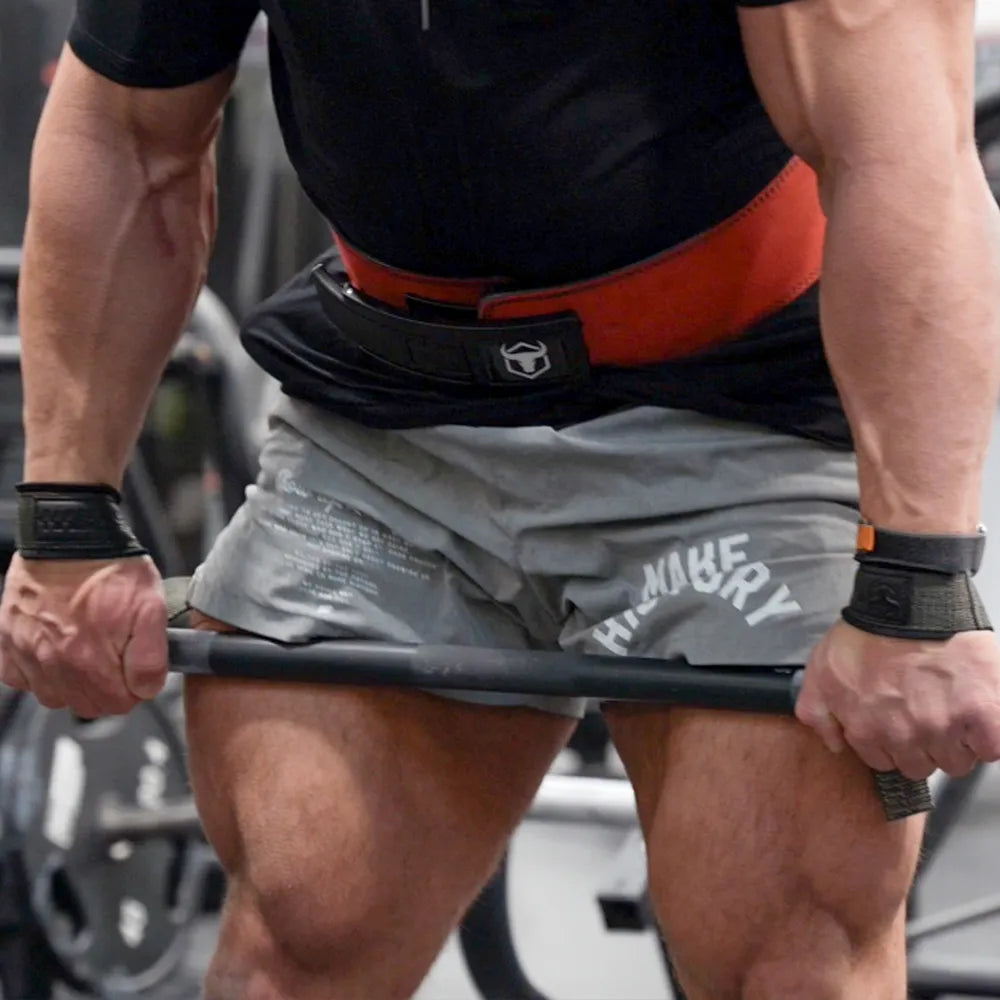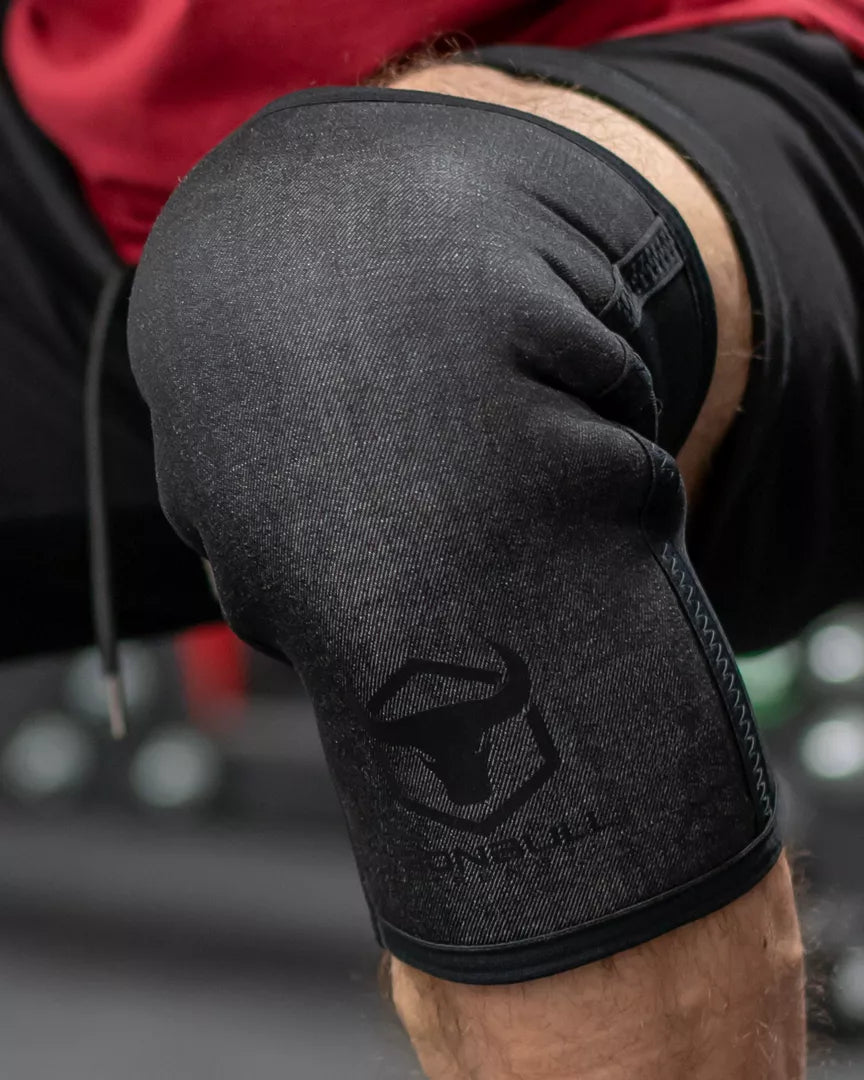Is Using Lifting Straps Cheating? Debunking Myths in Strength Training

The debate over lifting straps is as old as strength sports themselves. Critics argue they bypass “natural” grip limitations, while advocates insist they’re essential for maximizing performance.
But in a world where athletes chase marginal gains, where does the line between “tool” and “crutch” truly lie? Let’s dissect the ethics, mechanics, and practical realities of strap use—no dogma, just science.
What Are Lifting Straps—and Why Do Lifters Use Them?
Lifting straps are loops of durable material (often nylon, leather, or polyester) that secure the barbell, dumbbell, or kettlebell to your wrists. By redistributing load from your fingers and palms to your forearms, they allow you to lift heavier or perform more reps without grip fatigue cutting your sets short.
Key Applications:
-
Deadlifts: Overloading posterior chains without grip failure.
-
Rows/Rack Pulls: Focusing on back hypertrophy.
-
Strongman Events: Handling awkward implements like axle bars or logs.
Ironbull Strength’s Figure 8 Lifting Straps, for example, use a seamless loop design to eliminate slippage during max-effort pulls. Their Premium Lifting Straps add anti-abrasion padding for multi-hour training sessions.
Explore their full range of lifting straps designed for powerlifting, strongman, and functional training.
The “Cheating” Argument: Valid Concern or Misplaced Pride?
Critics often claim straps undermine “true” strength by masking grip weaknesses. But this argument ignores three critical factors:
-
Sport-Specificity:
-
In powerlifting, grip strength isn’t scored—only the lift matters. Using straps lets athletes prioritize their quads, glutes, and back.
-
In Strongman, straps are often allowed for events like deadlifts for reps, where grip endurance isn’t the focus.
-
-
Training Efficiency:
Grip fatigue can limit volume for larger muscle groups. For example, a bodybuilder might use straps on heavy rows to fully exhaust their lats without their forearms giving out first. -
Injury Prevention:
Straps reduce shear stress on finger tendons, which is critical for lifters managing past hand injuries or arthritis.
When Are Straps “Cheating”? Context Matters
Straps cross into controversial territory in two scenarios:
-
Competitions Where They’re Banned: Using them in raw powerlifting meets or grip-centric events violates rules.
-
Overreliance Stunting Grip Development: If you never train grip directly, straps can create imbalances.
Solution: Periodize strap use. For example:
-
Strength Phase: Use straps for 80% of heavy pulls; train grip separately with fat bar holds or farmer’s carries.
-
Peaking Phase: Train raw to condition grip for competition.
Ironbull’s Thick Grips are ideal for grip-specific work, thickening bar diameters to boost forearm engagement.
Expert Insights: What Coaches and Physiologists Say
-
Dr. Emily Carter, Sports Biomechanist:
“Straps reduce compensatory movements caused by grip fatigue. For instance, lifters often round their backs when their grip fails on deadlifts—straps mitigate this risk.” -
John Harris, Elite Powerlifting Coach:
“My athletes use straps for accessory lifts like RDLs or snatch-grip deadlifts. It lets them push volume safely while training grip separately.” -
Peer-Reviewed Data:
A 2022 Journal of Strength and Conditioning study found no significant difference in grip strength gains between lifters who used straps strategically and those who trained entirely raw.
How to Use Straps Correctly (Without “Cheating”)
-
Loop Securely, Not Tightly:
-
Wrap the strap under the bar, then around your wrist. Leave room for blood flow—straps shouldn’t numb your hands.
-
Ironbull’s Padded Lifting Straps prevent over-tightening with quilted wrist cushions.
-
-
Pair with Grip Work:
-
Train grip 2-3x weekly using tools like Thick Grip Attachments or plate pinches.
-
-
Know Your Sport’s Rules:
-
If you compete in raw powerlifting, train strap-free closer to meets.
-
Myth-Busting: Separating Fact from Fiction
-
“Straps Weaken Your Grip”: False. Studies show strategic strap use doesn’t hinder grip development if you train it separately.
-
“Straps Are Only for Advanced Lifters”: False. Beginners benefit by learning proper form without grip limitations.
-
“All Straps Are Created Equal”: False. Cheap straps fray under load. Invest in lab-tested options like Ironbull’s Premium Straps, which are reinforced at stress points.
Final Verdict: Tools, Not Tricks
Using lifting straps isn’t cheating—it’s strategic. Like weightlifting belts or knee sleeves, they’re tools to optimize performance and safety. The key is balance:
-
Use Straps For: Heavy pulls, accessory work, or rehabbing hand injuries.
-
Train Raw For: Grip-specific goals, competition prep, or building mental toughness.
Ironbull Strength’s gear, tested in biomechanical labs and trusted by competitive athletes, ensures you’re equipped to train smarter. From the secure fit of their Figure 8 Wrist Straps to the durability of their Barbell Accessories, every product is engineered to align with your goals—no shortcuts, just science.
Why Trust Ironbull?
Ironbull Strength collaborates with strength coaches and engineers to create gear that meets strict load-bearing standards. Their straps aren’t just durable—they’re purpose-built to help you lift more, recover faster, and train longer.


